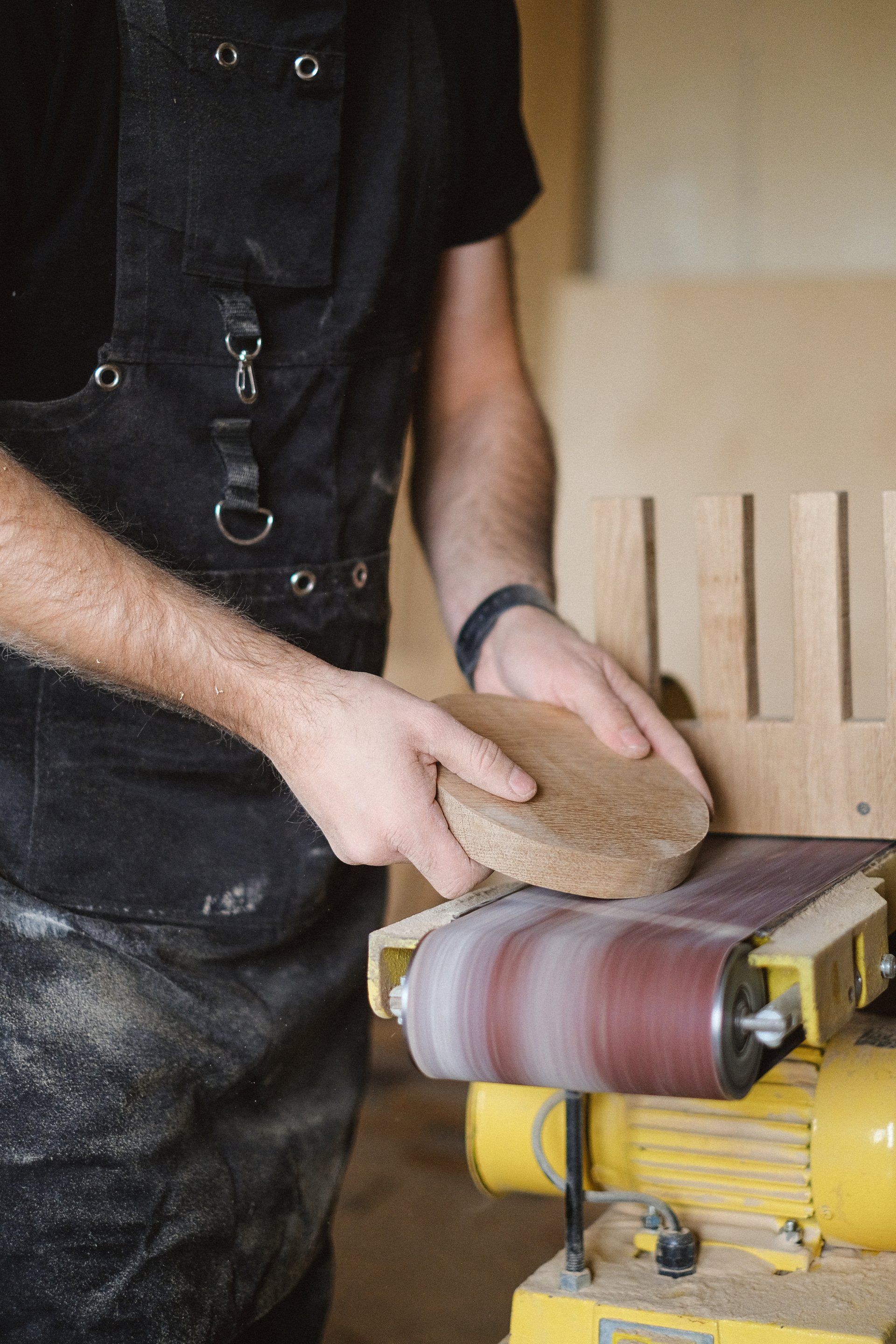How Many Bags of Concrete Do You Need for a Concrete Project?
Starting a concrete project? Whether it's a concrete driveway, patio, or a simple walkway, knowing the exact amount of concrete required is crucial. Too little, and you'll be left scrambling for more; too much, and you'll have wasted money and materials. Let's dive into how to calculate the number of concrete bags you'll need.
Concrete Calculation Basics
Calculating the amount of concrete required for a project involves understanding the volume of the space you need to fill. The basic formula is:
This will give you the cubic feet or meters of the area. You can then divide by 27 to convert cubic feet to cubic yards.
Example:
For a 10 ft long, 10 ft wide, and 4 in thick slab, you'll need slightly more than 1 cubic yard of concrete.
Bag Sizes and Calculations
Concrete bags come in various sizes, typically ranging from 40 to 80 pounds. Here's how they translate to cubic yards:
- 40 lb bag: Yields approximately 0.011 cubic yards
- 60 lb bag: Yields approximately 0.017 cubic yards
- 80 lb bag: Yields approximately 0.022 cubic yards
Calculating Volume
The volume of concrete needed is calculated based on the shape of the area:
- Rectangular Slab: Length × Width × Thickness
- Cylindrical Column: π × Radius² × Height
- Triangular Slab: 1/2 × Base × Height × Thickness
How Many Bags for a Slab?
The number of bags required depends on the size and thickness of the slab. For a 4-inch thick, 100-square-foot slab, you'll need 56 bags of 80-pound concrete.
Concrete Calculators
Many websites offer free concrete calculators to help you estimate the amount of concrete needed for slabs, footings, or columns. These calculators can save time and ensure accuracy. Here are some popular ones:
In addition you can use our concrete calculator to simplify the process and ensure accuracy for your specific project needs.
Visualizing Concrete Needs
To better understand how much concrete you'll need, let's visualize the requirements for a typical project.
| Bag Size (lbs) | Number of Bags |
|---|---|
| 40 | 183 |
| 60 | 109 |
| 80 | 56 |
| Bag Size (lbs) | Number of Bags |
|---|---|
| 40 | 275 |
| 60 | 164 |
| 80 | 84 |
Tips and Considerations
- Always Overestimate: It's wise to order a bit more concrete than calculated to avoid running short.
- Consider Ready Mix: For larger jobs, ordering concrete by the yard from a ready mix company might be more efficient.
- Check Weight: Concrete weight varies depending on the mix. A cubic yard of concrete usually weighs about 4,000 lbs.
Considering Waste and Spillage
It's wise to add 10% to 15% extra concrete to the calculated volume to account for spillage, over-excavation, or changes in plan.
Special Considerations for Specific Projects
Special considerations for specific concrete projects are essential when calculating the amount of concrete needed. For footings and foundations, it's vital to consider the depth and width of the footing, along with any steps in the footing, as these factors can significantly impact the volume of concrete required. When dealing with stairs and steps, each step must be calculated as a separate slab, taking into account the rise and run of the stairs, to ensure an accurate measurement. Additionally, curved or irregular shapes present unique challenges and require the area to be broken down into smaller geometric shapes, with the volume calculated separately for each. These special considerations highlight the complexity of calculating concrete needs and underscore the importance of careful planning and attention to detail in various types of projects.
Conclusion
Calculating the
number of concrete bags for a project is a straightforward process, but it requires careful consideration of the project's dimensions and the type of concrete bags being used. Utilizing online calculators and understanding the basic principles of volume calculation can ensure that your project runs smoothly without any unexpected shortages or excesses.
Are Ready To Work With HAMILTON CONCRETE WORKS?
Let's get in touch!
Send us a message and we’ll be in touch.
Or give us a call today at 289-204-1632











